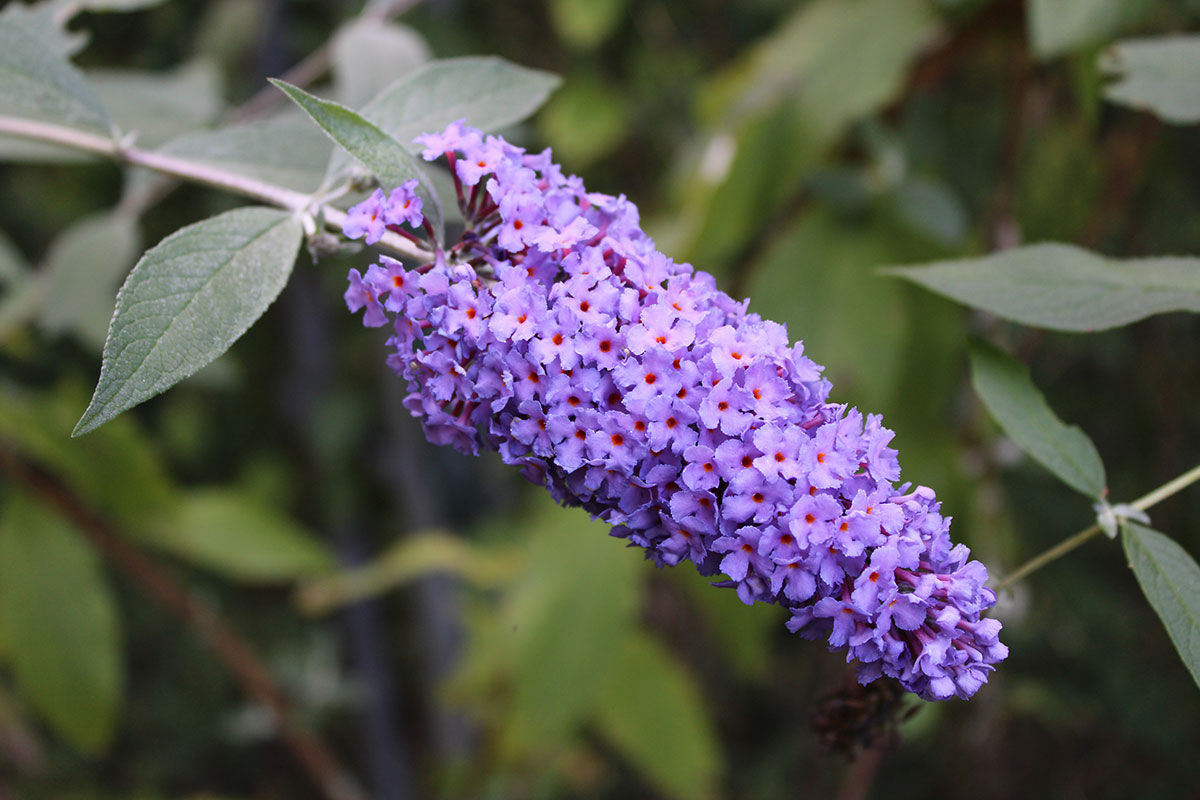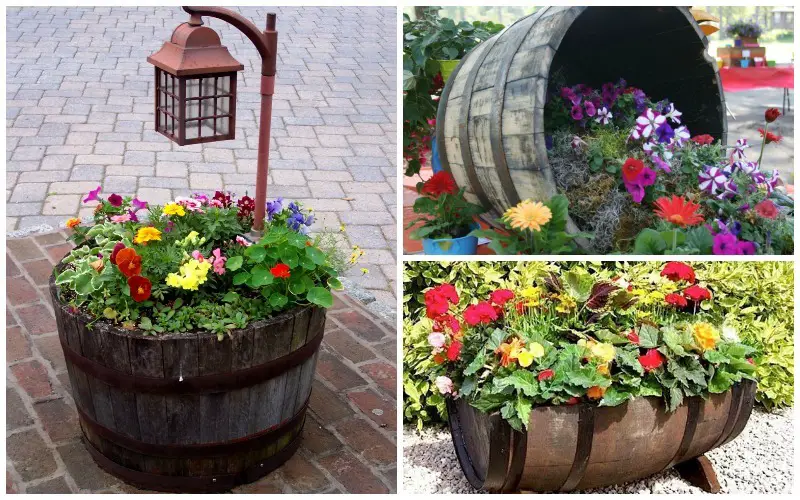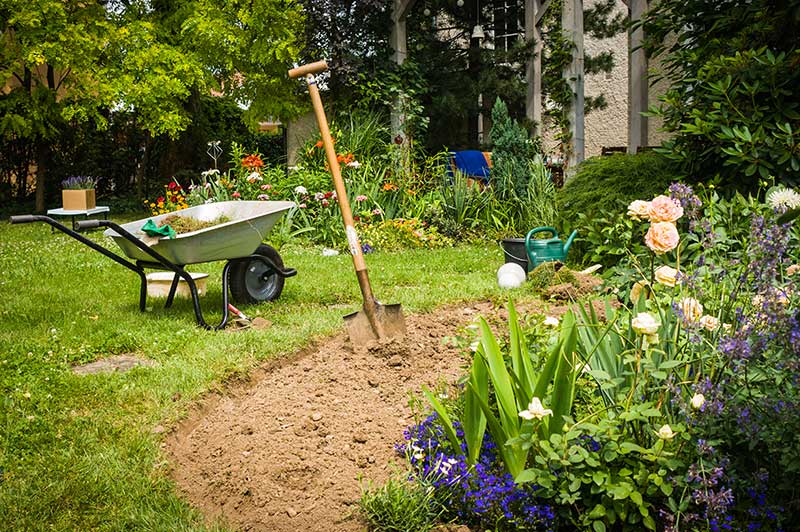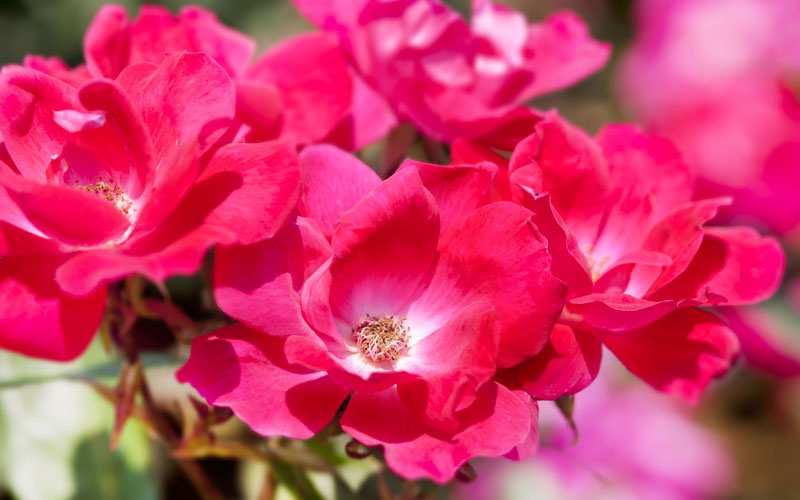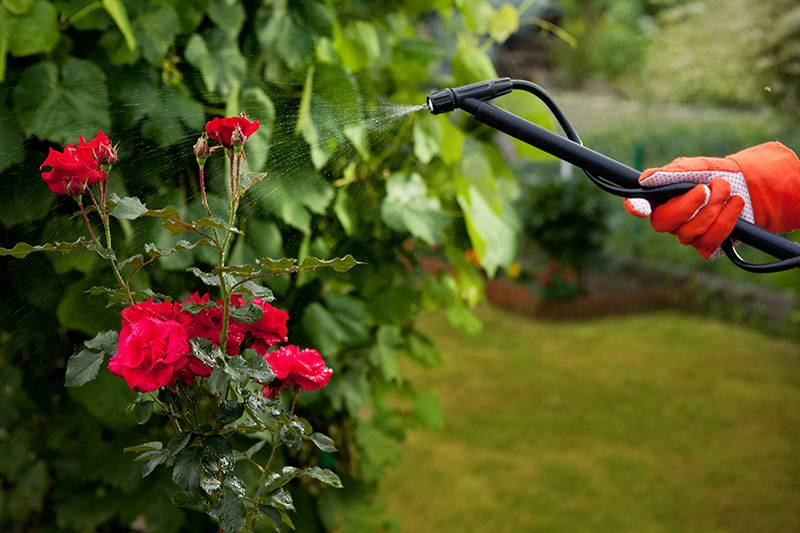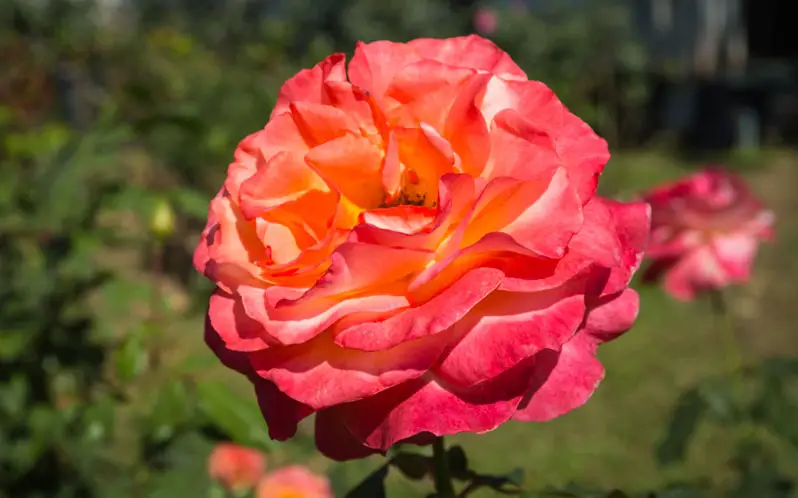
Roses are one of the most beautiful flowers that you can have in your garden, but they can also be difficult to grow. Insects love them, and they require a lot of care to thrive. The extra effort that is required for vibrant roses is well worth it, but there are a few tricks that will help you grow beautiful roses with ease. Epsom salt is known to be great for the body, but since it is composed of magnesium sulfate, it is actually a great tool that gardeners can use to create beautiful roses.
How can Epsom Salt Benefit Roses?
- It can help the rose bushes grow fuller.
- It helps new roses bloom sooner in the year.
- It can make the plant stronger so that the stem does not break as easily.
- It can brighten the color of the roses.
- The rose blooms will open more, which means the plants will look healthier.
- The color of the leaves will be brighter because the plant will be able to absorb more nutrients.
How Epsom Salt can be Used
In the soil: Before you even purchase roses to plant in your garden, you can treat the soil in the garden where you plan to plant them. You will want to add about a cup of Epsom salt for every 100 square feet of soil. Don’t just sprinkle the Epsom salt on the top of the soil, mix it well so that it can help your roses grow. You can also add about a tablespoon of Epsom salt in the soil when you plant the roses.
On the roots: Another way that you can help give your roses a good start is by soaking the roots in an Epsom salt mixture before you plant it. The mixture should contain about a half of a cup of Epsom salt for every gallon of warm water. For the best results, you will want to allow the roots to soak in this mixture overnight before being transplanted to its final location.
At the plant’s base: Once the rose is planted in the soil in your garden, you are going to want to sprinkle a little bit of Epsom salt on the top of the soil as well. Make sure that you do not sprinkle too much because it can hinder its growth and even kill the plant completely. You only want about a tablespoon of Epsom salt for every foot in height of the rose bush that you are growing. Once you apply the Epsom salt to the soil, you will need to water the plant so that it can be absorbed by the roots. If you prefer, you can dissolve the salt in water before applying it to the base of the plant.
You can also create a rose food that you pour into the soil at the base of the plant (half a gallon per treatment) by combining this basic mixture with:
1 cup alfalfa meal
1 cup gypsum
½ cup bone meal
2 tablespoons apple cider vinegar
2 tablespoons molasses
An additional gallon of warm water
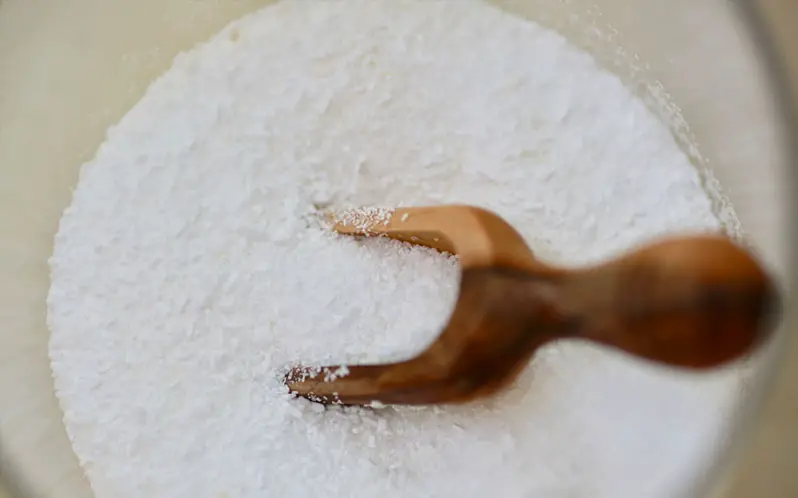
On the leaves: An Epsom salt mixture can also be used on the leave of rosebushes to help brighten them. If you notice the leaves are a bit yellow on your plant, you should use a liquid mixture to spray the leaves. For a plant that is about a foot high, you should use one tablespoon of Epsom salt and a gallon of water to treat the leaves. Continue spraying the leaves once a week until the leaves are a vibrant green color. This will also help keep pests away from the plant, so you may wish to continue with the treatment a few times throughout the year.
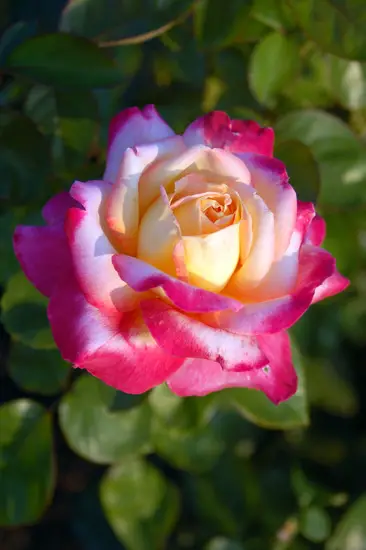
Important Things to Note
- Too much Epsom salt can make the soil acidic, which will destroy the nutrients in the soil that the plant needs to grow.
- You should never add Epsom salt to your garden when the rose bush is in direct sunlight.
- This fertilization process can be used up to three times a year.
- Using Epsom salt as a fertilizer is much safer for your pets than traditional fertilizers.

